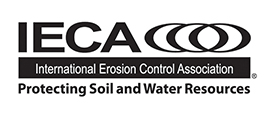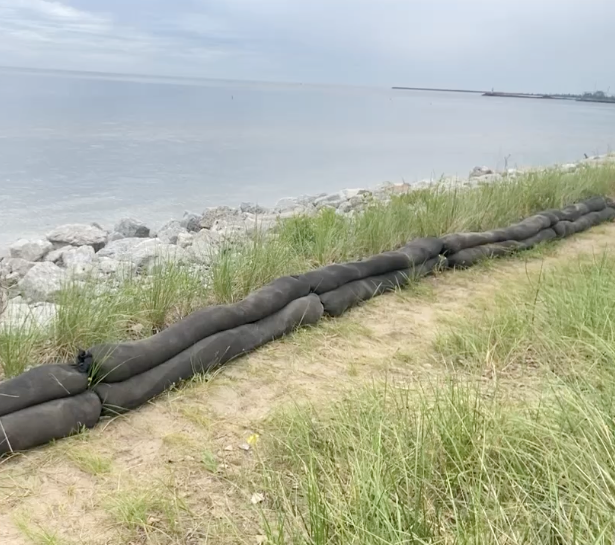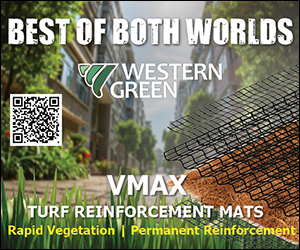Sustainability Through Innovation
This article is part of Environmental Connection’s mission to help grow the industry by promoting innovative research, products and
technology that meet industry needs through more sustainable approaches. Articles in future issues will continue to provide multiple
perspectives to promote ongoing efforts to protect natural resources.
In the modern world of construction, where budgets are often tight and environmental regulations are growing more stringent, the intersection of cost-efficiency and sustainability has become a challenging but essential frontier. Every dollar spent on environmental compliance is scrutinized – not out of reluctance, but necessity. In most cases, decisions in this space are driven by engineers working to interpret regulatory requirements while balancing the economic interests of their clients.
Typically, the objective is to meet the minimum regulatory requirements in the most cost-effective way possible. This practice, although common, has long dominated how the industry approaches erosion control and stormwater management. Engineers, often under pressure to deliver efficient solutions, look for products and practices that satisfy regulations without adding unnecessary cost burdens. When that balance is struck – compliance without overrun – it’s considered a win-win for the construction and engineering teams.
However, the landscape is shifting. As environmental awareness grows and sustainability becomes not just a buzzword but a societal expectation, the industry is being challenged to think differently. No longer is it enough to simply meet the standard. Increasingly, stakeholders are asking: How can we exceed it? How can we build in a way that protects natural resources not just today, but for the future?
Sustainability, as defined by the Environmental Protection Agency,1 is about maintaining conditions under which humans and nature can exist in productive harmony. It’s about supporting present and future generations by respecting the systems that support life, especially our natural environment. And in the world of construction and infrastructure development, that often means re-evaluating materials, practices and long-standing norms.
Interestingly, the stormwater and erosion control industry was ahead of its time in many ways. Long before “sustainability” became a global priority, this sector had already begun addressing one of the most pressing environmental challenges: keeping pollutants out of our waterways. Through innovations in design, improvements in best management practices and strict maintenance protocols, the industry has worked tirelessly to reduce runoff, trap sediments and protect aquatic ecosystems.
Over time, this commitment to environmental protection has fueled a manufacturing industry focused on developing products that meet performance expectations while offering cost savings. From silt fences to wattles to sediment logs and filter socks, erosion control solutions have evolved significantly. Yet now, a new generation of concerns is pushing the industry even further — toward materials that not only perform and save money but that align with sustainable and ecological best practices.
One of the most significant turning points came in 2020, when Melissa Starking of the Fish and Wildlife Service (FWS) and Carrie Tansy of the FWS Michigan Ecological Services Field Office presented findings on wildlife-friendly erosion control.2 Their research revealed some troubling consequences of common practices. Specifically, they found that synthetic netting used in many erosion control products was trapping wildlife, particularly migratory birds, reptiles and small mammals. Furthermore, they discovered that many of these geotextile products were breaking down into microplastics, ultimately contributing to waterway pollution, which was the very thing these products were supposed to prevent.
The report outlined a spectrum of practices ranging from “not wildlife-friendly” to “wildlife-friendly” and offered recommendations for minimizing harm to ecosystems. It was a wake-up call for the industry. While progress had been made in water quality protection, new evidence showed that some widely used materials might be doing harm elsewhere.
This revelation struck a chord with companies such as the author’s. They already manufactured Siltworm by using 100% recycled, biodegradable fill materials and incorporating repurposed lumber waste from construction sites. It was a low-profile, highly effective solution that had been replacing traditional silt fences in many applications.
National Sales Manager Tiff Arcella at the author’s company said, “We were reducing waste, recycling on-site materials and improving sediment retention. But when we saw the USDA’s findings, we realized there was still more work to do, especially with the netting.” In two years, Bioworm kept over 30 million pounds (13.6 million kg) of wood waste from entering the landfill. Supporting calculations are four million linear feet (1.2 million linear meters) produced at a minimum of four pounds per linear foot (1.81 kg) equals 16 million average pounds annually (7.3 million kg) or 32 million pounds (14.5 million kg) of waste kept from landfills in the last two years (Figure 1).
The fill material was sustainable, but the outer netting still relied on plastic-based geotextiles that posed risks of degradation and wildlife entanglement. The mission was clear: Redesign the product to be as sustainable on the outside as it was on the inside, without sacrificing performance or blowing up costs.
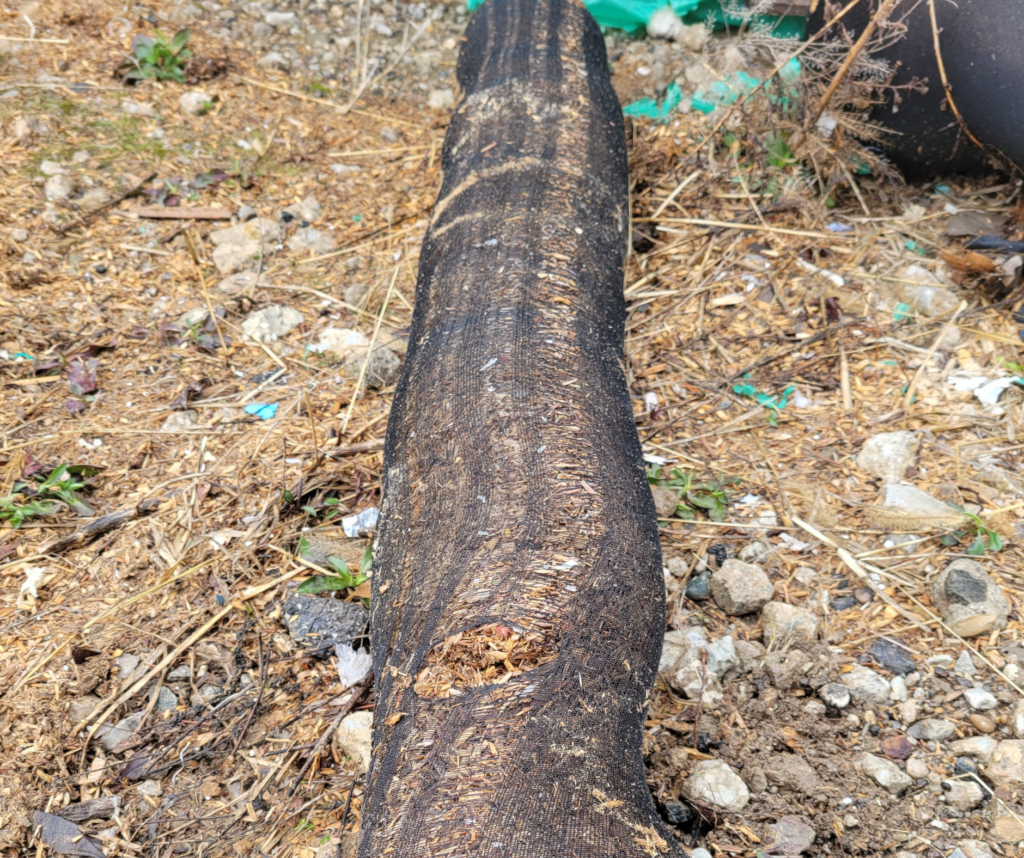
That challenge was complex, according to President Mike Lorenzo at the author’s company. “There’s a fine line between a truly engineered solution and a commoditized product,” Lorenzo explained. “We needed something durable enough to survive a construction cycle, cost-effective enough for our clients and sustainable enough to avoid contributing to the microplastics problem. That’s not an easy equation to solve.”
After extensive development and testing, the company introduced BioWorm, a new generation filter sock using netting made from certified fibers and textiles that are proprietary. These materials were designed to safely decompose, without releasing harmful particles into the environment. Third-party testing simulated diverse conditions, including landfills, wastewater treatment facilities, stormwater systems and natural soils, to confirm its performance and environmental safety.
BioWorm achieved a 95.7% sediment retention rate during ASTM D5141 bench-scale testing, as verified by TRI Environmental, a third-party laboratory. Large-scale ASTM D7351 testing revealed 85% soil retention and 91.9% seepage effectiveness.
Operationally, BioWorm offers additional advantages. Because of its ability to break down (Figure 2) while drastically reducing microplastic introduction, it can often be left in place after a project concludes, which reduces the need for costly removal and disposal. “That alone can be a game-changer for constructors,” Lorenzo said. “Removal is a huge expense, and if we can eliminate that step while improving performance and protecting the environment, everybody wins.”
Michele Meyer, senior stormwater specialist with Resolution Group, recently applied BioWorm to a test site on the Interstate Highway 69 expansion outside of Indianapolis (Figure 3). Meyer has used BioWorm for slope stabilization, streambank stabilization and perimeter protection on large, fast-moving jobs and federal infrastructure projects. She reported instant and long-term options for trouble areas.
“Saves time and money, and there is no need to replace or remove,” Meyer said. Data from the stormwater pollution prevention plan installation and services company indicates that removal costs can often be up to 30% of the installation costs of perimeter controls.
This percentage means that if a contractor spent 10% more on the sustainable product, they would save approximately 20% on overall project line-item costs.
But innovation doesn’t stop with product development. The company is working with regulators and engineers to shift the way projects are specified. Instead of writing generic specs that lead to the lowest-cost product winning by default, they’re advocating for engineered solutions to be written into project documents — solutions that factor in long-term environmental impact, not just upfront cost.
“This is where real change happens,” said Lorenzo. “If we want better outcomes, we have to start upstream, with better design and specification. Our industry is capable of incredible innovation. We just need the right framework to support it.”
BioWorm has demonstrated what’s possible when manufacturers, engineers and regulators collaborate to meet the challenges of our time. It’s a product born from necessity, refined through science and guided by a vision of a more sustainable future.
Sustainability and affordability do not have to be mutually exclusive. In the ongoing journey to build a cleaner, more responsible world, BioWorm is helping to lead the way sustainably and cost-effectively.
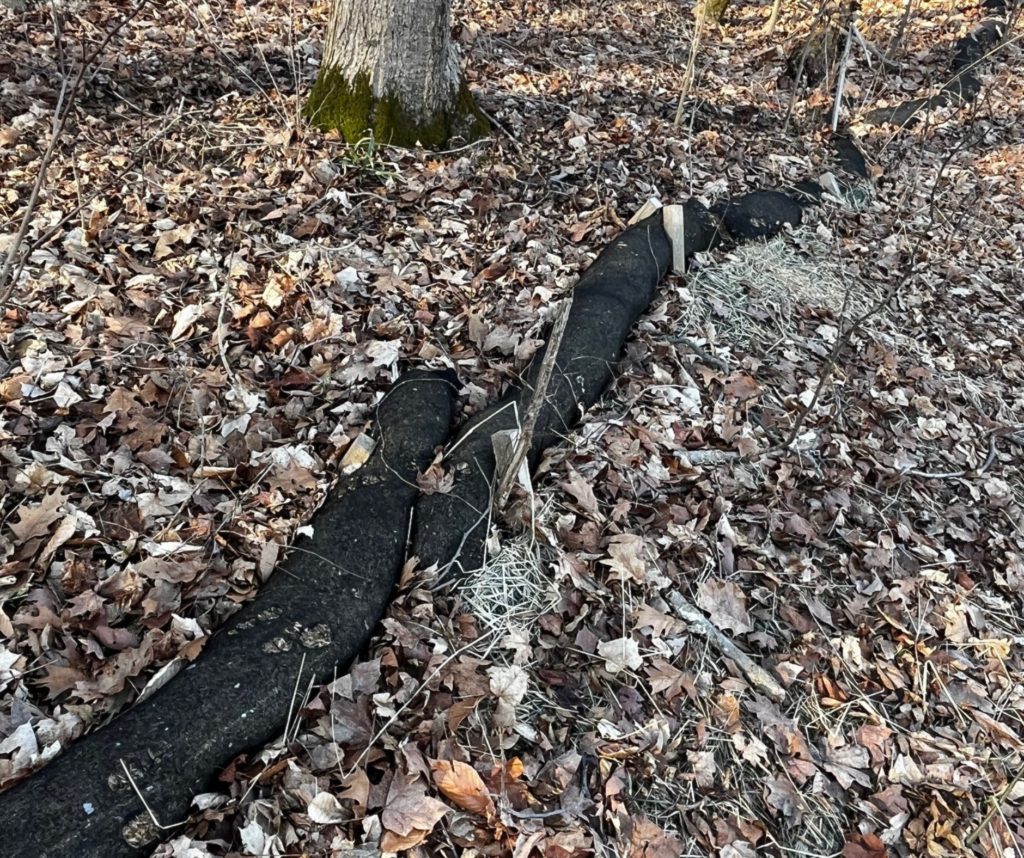
References
- Environmental Protection Agency. Learn About
Sustainability. epa.gov/sustainability/learn-aboutsustainability. - Starking M. 2021. Wildlife-Friendly Erosion Control.
Fish and Wildlife Service. bit.ly/3GXnRP1.

